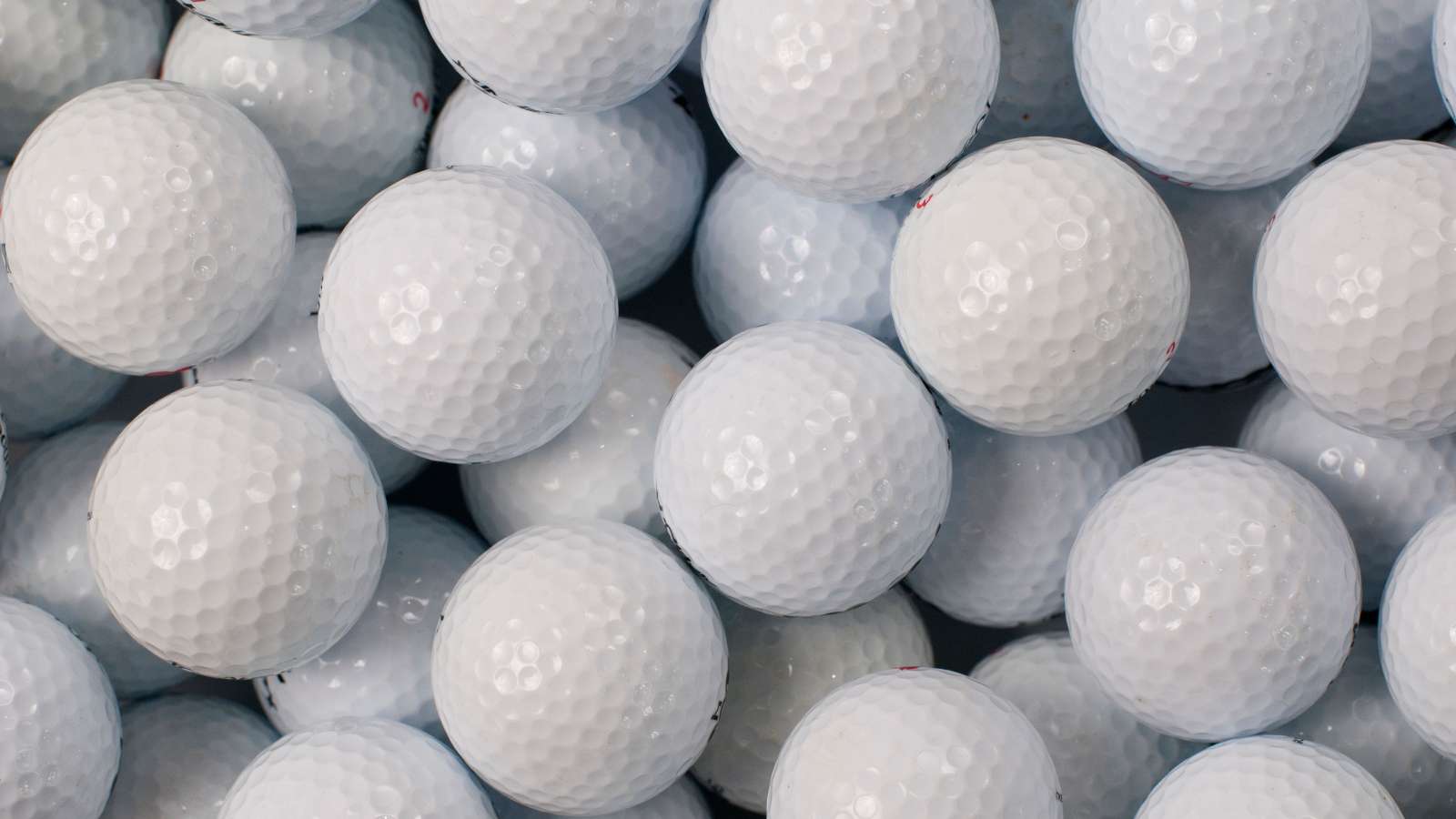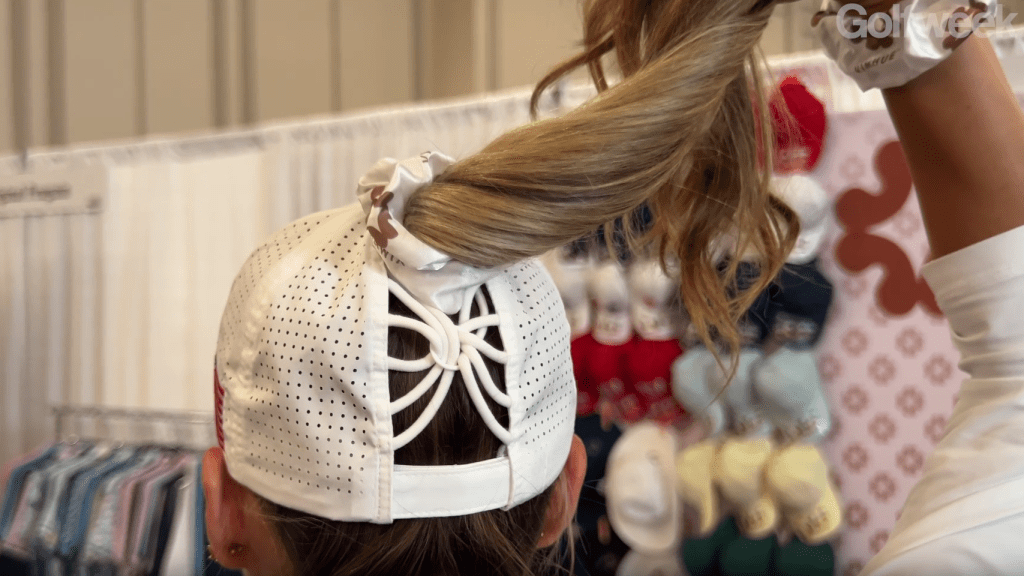[ad_1]

Time – and technology – has changed but the mystery of how golf balls are actually made and tested remains elusive.
Back in 1966 British Pathé news visited a golf laboratory to reveal to cinema viewers the secrets of golf ball manufacture and it’s a remarkable couple of minutes of footage.
“Why would you want to hit a golf ball with a six foot mechanical club?” asks the plummy narrator.
“It’s not the impeccable swing of an Arnold Palmer or Gary Player,” he adds. “But it puts the little white ball to a test flight that ends with a measuring tape.”
There are tremendous scenes on the screen as boffins quite literally get the tape out, like school sports day measuring the discuss and the shot.
“The story starts in this Liverpool factory,” the narrator continues, “with a blob of plastic paste that is the springy but resilient core of the golf ball.
“When this gooey substance hardens it is wound round with over 80 feet of high tension elastic rubber to give the ball its bounce.
“The cover is made with two moulds that must fit together exactly.
“This is where the ball gets its surface of tiny dimples. 332! No more, no less and the paint is plastic too.”
The boffin peers at the ball in a Professor Brawnstorm-type instrument.
“Every dimple is scrutinised carefully because they’re the golf ball’s secret of flight.”
To this point the film is pure nostalgia and has little relevance to the modern world.
But the words spoken next remain as true now as they were then.
“They (the dimples) grip the air like a tyre tread grips the road.”
The film then shows a rather quaint machine that fires balls across the range at 125mph.
“Tests like these give the Sunday morning putter the same chance as Arnold Palmer,” the voice over claims adding a very careful: “As far as the ball is concerned.”
WATCH: Golf Pride launch 007-themed golf grip kit in homage to James Bond’s match with Goldfinger
[ad_2]



